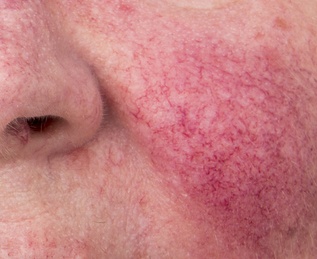Balint groups today
Michael Balint’s original GP groups were formed to study the nature of the doctor patient relationship and are described in his book The doctor, his patient and the illness.
The participating GPs met weekly and patients presented were those with whom the doctor had an ongoing relationship and had spent time taking a detailed personal history. GP groups today usually meet every two to four weeks and patients brought by participants are a mixture of those known for some time and shorter relationships, even one off encounters. Groups generally continue to meet over a period of 2 or 3 years, though some continue much longer, with a slow turnover of members. The value of the same group of people meeting regularly, whatever the interval, cannot be underestimated so that there is trust and willingness to look at some of the more difficult aspects of our work with patients.
Some of you will have had the opportunity to be a member of a Balint group during your training. Medical schools are showing an increasing interest in Balint groups thanks to a Royal College of Psychiatrists initiative. There are also groups for Foundation Year doctors in some Trusts and those GP trainees who have done some psychiatry may have had the opportunity to join the Core Trainee psychiatry groups. Balint groups are part of GP Vocational Training in some parts of the country, but this is patchy. So it is more likely than not that a GP will qualify without any Balint experience.
Balint groups usually form through the enthusiasm of a group of practitioners who seek out leaders, or through leaders who seek out members. Leaders may be GPs or psychotherapists, or ideally one of each. Places to ask and look out for adverts are Postgraduate Centres and through GP Tutors via Deaneries or any other grapevine you know of locally. It is worth asking us at the Balint Society too, particularly if you would like to start a group, as we have a growing list of people who have undertaken Balint group leadership training with us. We can also put on taster sessions if a group of people want to find out more about Balint work and groups. We don’t always know what is out there, but we do our best to help.
A good way to test out whether Balint is for you is to come to a Balint weekend. You are part of a Balint group which meets four times over the course of the weekend and there may be a chance to observe a different group in action during what we call a fishbowl, where a group discusses a case in the middle of a big circle of the rest of the weekend participants, followed by a general discussion of the process observed. Contrary to many people’s expectations, the weekends are not only attended by experienced Balinteers. We often have some medical students and first time Balint participants from a variety of health and sometimes other professional backgrounds. Weekends are excellent for networking and a concentrated Balint experience, as well as a fun social occasion. I should repeat the warning though, that you may become infected with the Balint bug for which there is no cure. Some of us have been involved for years. There is something about meeting with like-minded practitioners which is highly restorative.
The Balint community is international too. We face very similar challenges in our work and a shared interest in exploring them. There are now 23 member countries associated with the International Balint Federation (IBF). An international congress is held in English every two years in a different host country and it is possible to take part in weekends in other countries in between. The 2017 IBF Congress will be in Oxford, so keep an eye on our website for details if this interests you.
For more information on Balint events, finding and starting groups, here are some links:
How to start a new Balint group
Next time: Some sayings of Michael Balint


